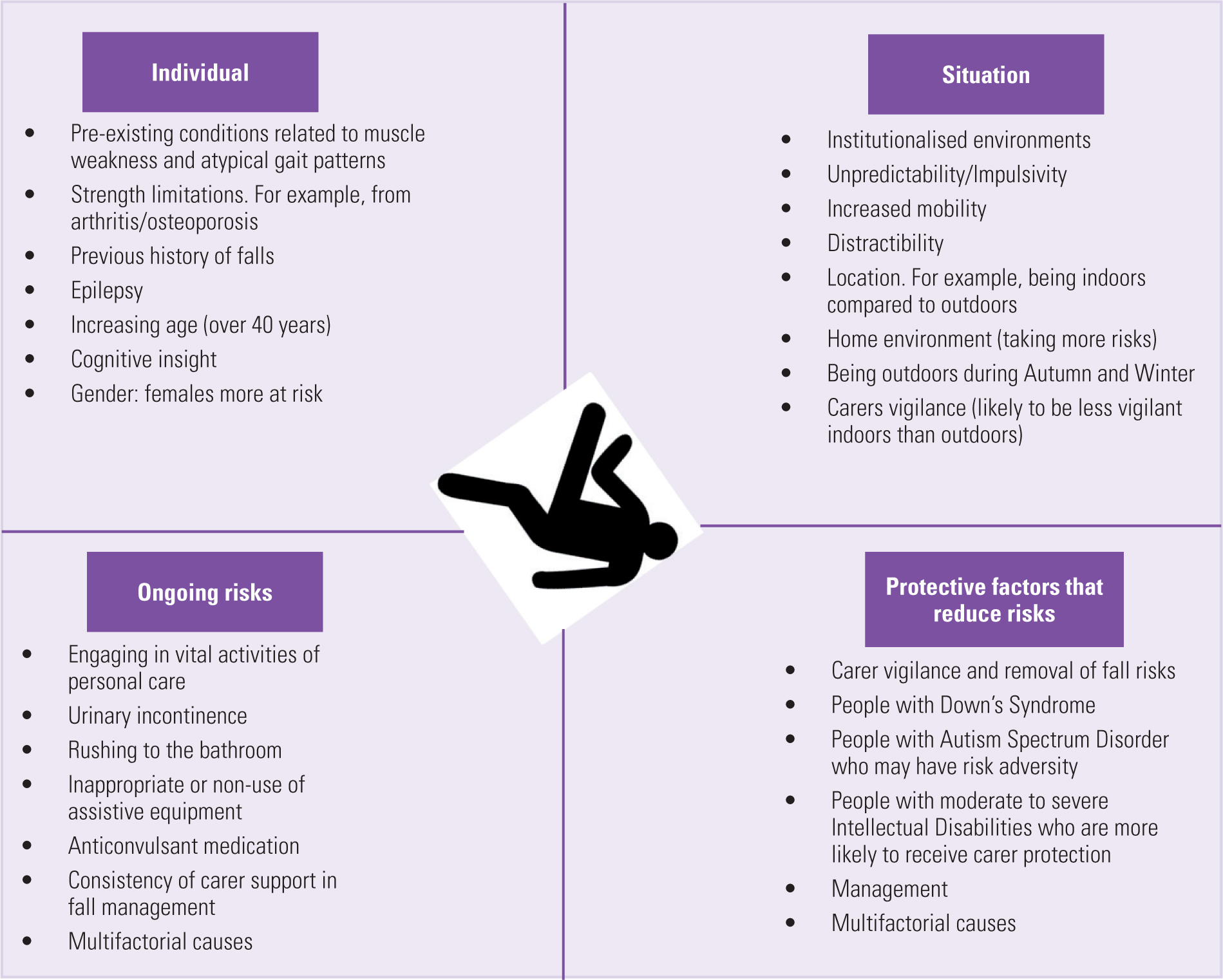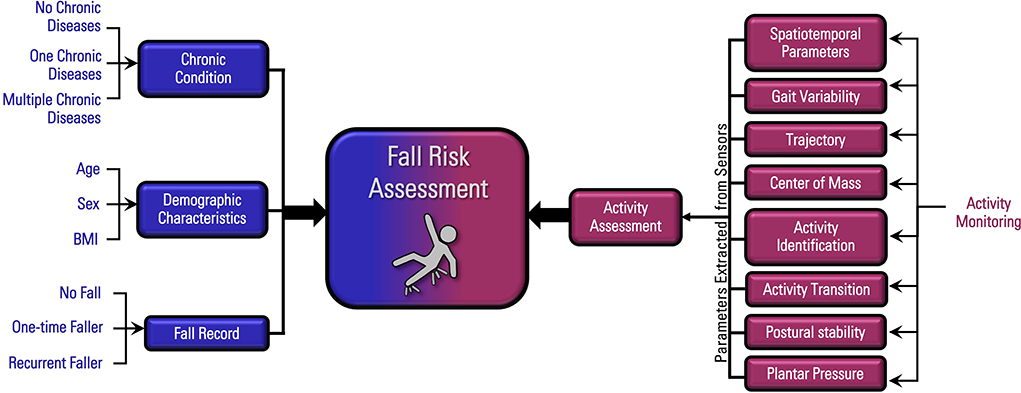Getting The Dementia Fall Risk To Work
What Does Dementia Fall Risk Mean?
Table of ContentsMore About Dementia Fall RiskA Biased View of Dementia Fall RiskUnknown Facts About Dementia Fall RiskFascination About Dementia Fall Risk
A loss risk analysis checks to see exactly how most likely it is that you will drop. The assessment typically consists of: This consists of a collection of questions concerning your overall wellness and if you've had previous drops or problems with equilibrium, standing, and/or walking.STEADI consists of screening, analyzing, and intervention. Treatments are recommendations that might reduce your risk of falling. STEADI includes 3 actions: you for your risk of dropping for your danger variables that can be boosted to attempt to stop drops (for example, equilibrium problems, damaged vision) to lower your danger of dropping by making use of efficient techniques (for instance, giving education and sources), you may be asked several concerns consisting of: Have you fallen in the past year? Do you really feel unsteady when standing or strolling? Are you fretted regarding falling?, your service provider will evaluate your stamina, equilibrium, and stride, using the following fall assessment devices: This examination checks your gait.
You'll sit down again. Your supplier will certainly inspect exactly how long it takes you to do this. If it takes you 12 secs or even more, it may suggest you are at greater threat for a fall. This examination checks strength and equilibrium. You'll being in a chair with your arms crossed over your chest.
The positions will get tougher as you go. Stand with your feet side-by-side. Move one foot midway onward, so the instep is touching the big toe of your various other foot. Relocate one foot fully in front of the various other, so the toes are touching the heel of your various other foot.
Unknown Facts About Dementia Fall Risk
Most falls happen as an outcome of numerous adding elements; as a result, handling the danger of falling starts with identifying the elements that contribute to drop risk - Dementia Fall Risk. A few of the most relevant threat aspects consist of: History of previous fallsChronic clinical conditionsAcute illnessImpaired stride and balance, reduced extremity weaknessCognitive impairmentChanges in visionCertain high-risk drugs and polypharmacyEnvironmental aspects can also increase the danger for falls, including: Poor lightingUneven or harmed flooringWet or unsafe floorsMissing or harmed handrails and get hold of barsDamaged or incorrectly fitted devices, such as beds, wheelchairs, or walkersImproper use assistive devicesInadequate guidance of individuals staying in the NF, including those that show aggressive behaviorsA effective loss risk monitoring program calls for a thorough professional evaluation, with input from all members of the interdisciplinary group

The care strategy need to likewise include interventions that are system-based, such as those that advertise a risk-free environment (appropriate lighting, handrails, get bars, and so on). The performance of the treatments should be reviewed regularly, Recommended Reading and the treatment plan changed as necessary to show modifications in the autumn danger evaluation. Executing a fall danger management system making use of evidence-based ideal method can decrease the prevalence of drops in the NF, while restricting the potential for fall-related injuries.
Examine This Report on Dementia Fall Risk
The AGS/BGS standard advises screening all adults matured 65 years and older for loss risk annually. This testing consists of asking people whether they have actually fallen 2 or even more times in the past year or looked for clinical focus for a fall, investigate this site or, if they have actually not dropped, whether they feel unstable when walking.
Individuals who have actually fallen as soon as without injury must have their equilibrium and stride assessed; those with gait or balance problems need to get extra analysis. A history of 1 fall without injury and without stride or equilibrium problems does not warrant additional assessment past continued annual loss threat testing. Dementia Fall Risk. An autumn danger analysis is required as component of the Welcome to Medicare evaluation

Facts About Dementia Fall Risk Revealed
Recording a drops background is one of the top quality indications for autumn prevention and monitoring. An important part of risk analysis is a medicine evaluation. A number of courses of medications boost fall danger (Table 2). here Psychoactive medicines particularly are independent predictors of drops. These drugs have a tendency to be sedating, modify the sensorium, and harm balance and gait.
Postural hypotension can typically be relieved by lowering the dose of blood pressurelowering drugs and/or stopping medications that have orthostatic hypotension as a side effect. Use above-the-knee support pipe and sleeping with the head of the bed raised may also minimize postural reductions in blood stress. The suggested components of a fall-focused physical examination are displayed in Box 1.

A Pull time higher than or equivalent to 12 seconds suggests high fall risk. Being not able to stand up from a chair of knee height without making use of one's arms suggests enhanced loss risk.